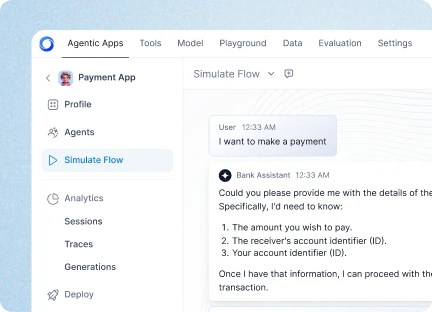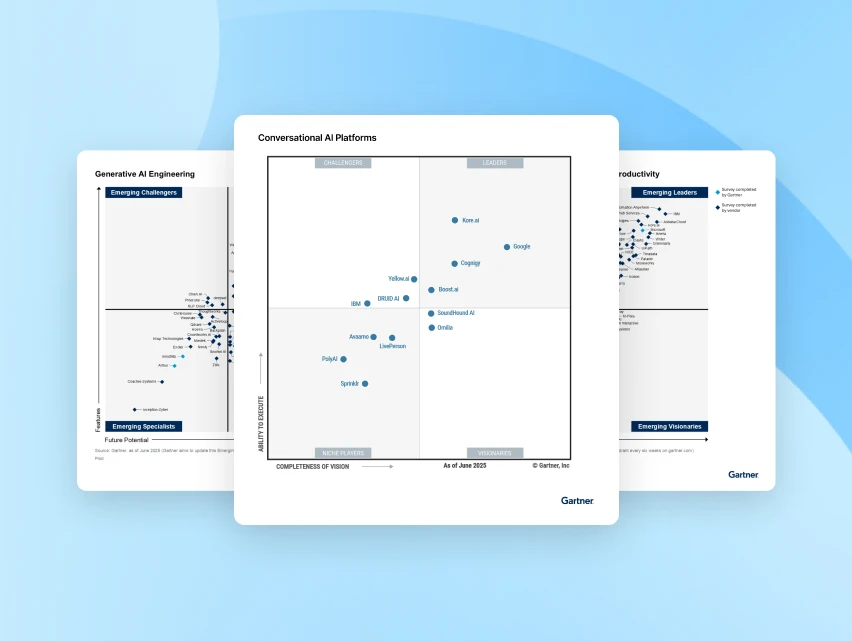No Code AI Agent Builder and No Code Platform
Introduction to No Code Platforms
In today’s rapidly evolving technological landscape, the ability to create sophisticated applications and AI-driven solutions without extensive coding knowledge is transforming how businesses build and deploy digital products. No code platforms empower individuals and organizations to innovate faster, experiment more, and develop AI agents with ease.
This article explores no code platforms, how no code AI agent builders work, and why they are becoming essential for modern innovation.
What is a No Code Platform?
A no code platform is a software solution that allows users to build applications using visual interfaces instead of traditional programming. Instead of writing code, users design workflows, drag and drop components, and configure logic through intuitive UI elements.
These platforms remove the dependency on deep technical expertise, making app development accessible to non-engineers.
The Importance of No Code in Today’s Tech Landscape
As digital transformation accelerates, teams need to ship products faster, automate workflows, and experiment without long development cycles. No code technology fills this gap by simplifying development and making innovation possible at scale.
Benefits of Using No Code Platforms
Democratizing Technology
No code platforms put the power of creation into the hands of non-technical users entrepreneurs, marketers, product managers, and business teams. This inclusivity encourages more innovation and empowers anyone with an idea to execute it.
Enhancing Productivity and Efficiency
Building full applications traditionally takes months. No code platforms enable rapid prototyping, quicker feedback loops, and faster deployment.
Cost-Effectiveness for Startups and Small Businesses
By reducing reliance on large engineering teams, no code significantly lowers development costs. This is especially crucial for startups and SMBs operating with limited budgets.
Understanding No Code AI Agent Builders
Definition and Functionality of AI Agents
An AI agent is an autonomous software component capable of understanding inputs, making decisions, and performing tasks. Examples include customer service bots, personal assistants, analytics agents, and workflow automation bots.
No code AI agent builders allow users to build these agents without writing code by leveraging pre-trained models and simple configuration tools.
Different Applications of AI Agents in Various Industries
- Customer service: automated responses, ticket routing
- E-commerce : product recommendations, order tracking
- Healthcare : appointment scheduling, patient triage
- Operations : workflow automation, data processing
- Marketing : personalized engagement, analytics
Key Features of No Code AI Agent Platforms
- Intuitive visual builders
- Pre-built AI capabilities (NLP, ML, speech recognition)
- Pre-integrated APIs
- Drag-and-drop workflows
- Customization options for business-specific needs
Steps to Build Your AI Agent Using No Code Tools
1. Defining Clear Objectives for Your AI Agent
Start by identifying the exact task or problem your AI agent should solve. Use clear, measurable goals aligned with business outcomes.
2. Selecting the Right No Code Platform
Choose a platform based on usability, scalability, AI capabilities, integrations, and ecosystem strength. Popular options include Bubble, Voiceflow, Make, and Adalo.
3. Designing User-Centric Workflows
Use drag-and-drop builders to map out user interactions. Focus on building intuitive workflows that provide seamless user experiences.
4. Testing and Deployment of AI Agents
Use built-in testing environments to simulate real interactions.
Iterate based on user feedback and deploy once the agent performs reliably.
Importance of Thorough Testing
Testing ensures your AI agent is accurate, reliable, and aligned with user expectations. It also reveals potential gaps in logic, UX, or understanding.
Gathering User Feedback for Continuous Improvement
Real-world feedback is the backbone of an effective AI agent. Continuous iteration helps maintain accuracy and relevance.
Strategies for Successful Deployment
- Start small and scale
- Monitor performance
- Optimize conversational flows
- Keep updating based on usage trends
Challenges and Considerations
Security Concerns with No Code Platforms
Since many AI agents handle sensitive data, ensure the platform follows strict security measures encryption, access control, and compliance certifications.
Limitations of No Code Solutions for Complex Applications
No code platforms are ideal for 80% of use cases, but highly custom or large-scale applications may still require traditional development.
Future Trends in No Code Development
Advancements in AI Technology within No Code Platforms
As AI evolves, no code tools will integrate:
- Advanced LLMs
- More accurate NLP
- Intelligent automation
- RAG-based capabilities
- Multi-agent orchestration
The Expanding Role of No Code Tools Across Industries
From healthcare to finance, logistics to education no code adoption is rising and enabling rapid digital transformation in every sector.
Conclusion
Embracing the No Code Revolution
No code platforms and AI agent builders are shaping the future of software development. They reduce complexity, accelerate innovation, and enable businesses to build powerful AI solutions without technical barriers.
Getting Started with Building Your Own AI Agents
Whether you’re automating customer service or experimenting with AI workflows, no code tools provide everything you need to turn your ideas into functional AI agents.
Now is the time to embrace no code and unlock limitless creative potential.












.webp)





